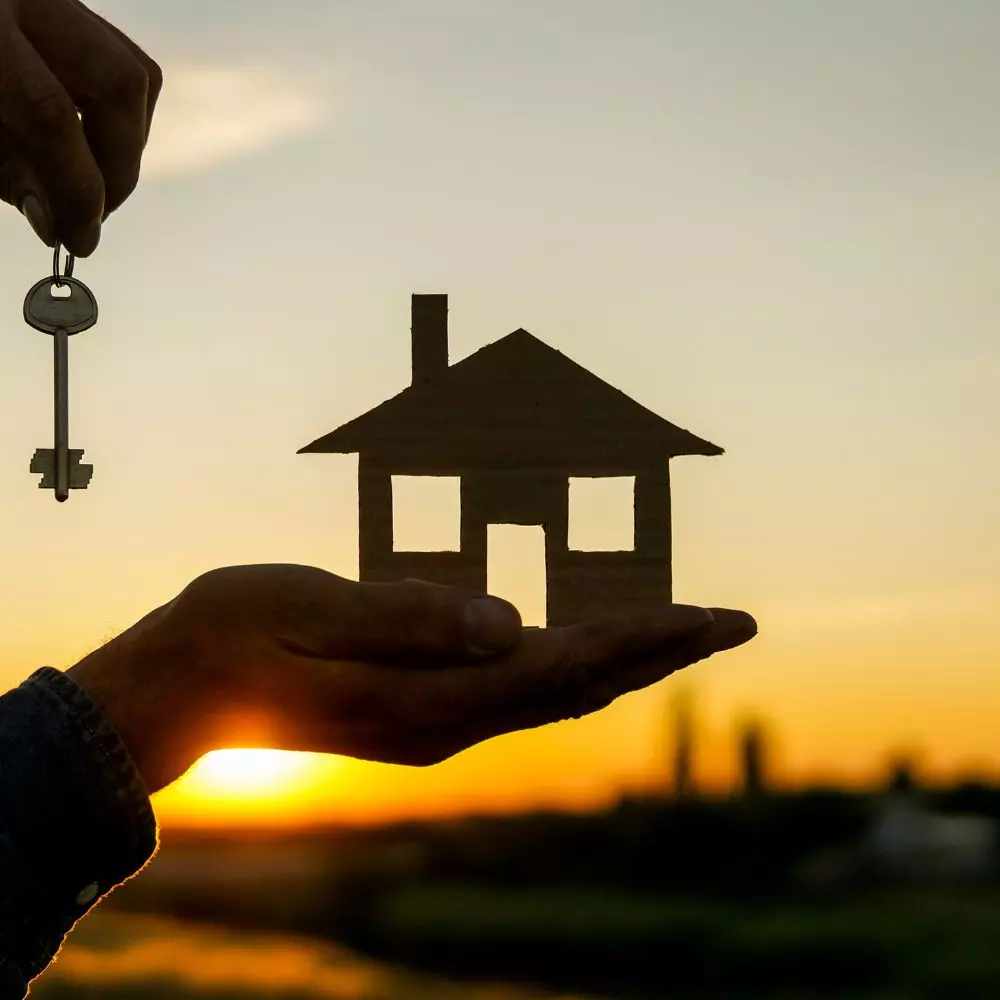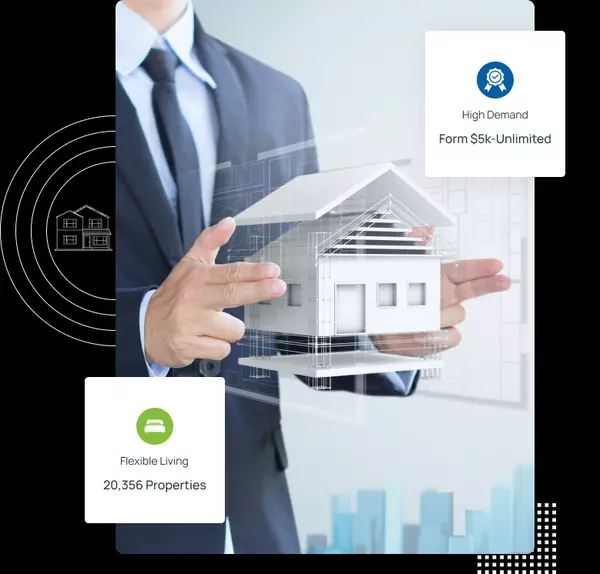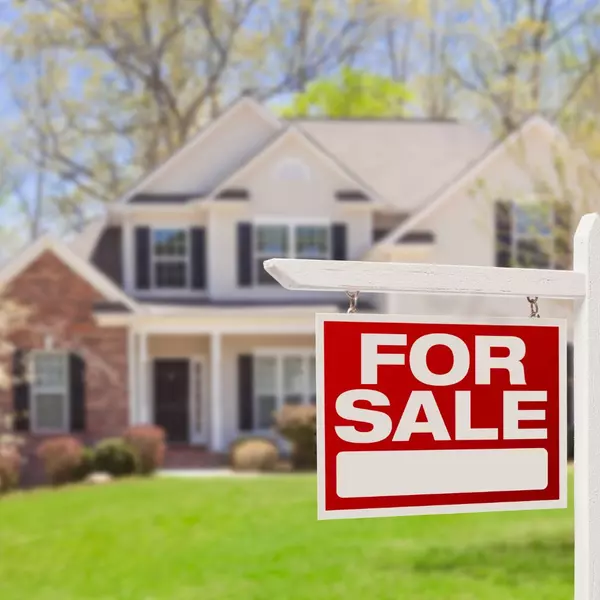The Intersection of Architecture and Real Estate: How Design Influences Property Value

In the sprawling and intricate realm of real estate, there are many factors that play a role in determining the value of a property. Location, size, amenities – these are all crucial components. However, a factor that often takes a backseat, but significantly influences property value, is architectural design. The confluence of architecture and real estate is where Taura Gordon’s journey began, and it is precisely this intersection that offers profound insights into the art of space and the science of property valuation.
The Allure of Architectural Excellence
1. Historical Significance
Properties that come with a touch of history, especially ones that have preserved their architectural integrity, always garner attention. They transport residents and visitors alike to another era, telling stories that modern structures might lack. This historical significance can often command higher prices due to its rarity and the charm it offers.
2. Innovation and Sustainability
Modern architectural designs lean heavily towards sustainability and eco-friendly features. Homes that come equipped with energy-efficient features, green rooftops, and sustainable materials not only appeal to the environmentally conscious buyer but often lead to cost savings in the long run. This fusion of innovation and sustainability can significantly elevate the property’s value.
Architectural Design as a Value Proposition
1. Spatial Harmony
The way spaces flow into each other, the balance of open and closed areas, and the intuitive positioning of different rooms can greatly influence a buyer’s perception. Architecturally well-designed homes that cater to spatial harmony offer residents a more cohesive living experience, which translates to higher demand and, consequently, a higher price point.
2. Light and Landscape
A design that allows for abundant natural light and seamlessly integrates the surrounding landscape enhances the property’s aesthetic appeal. It’s not just about windows but their size, positioning, and the views they frame. Such designs elevate the mood of the residents and have a positive psychological impact, making properties with these features highly sought after.
Design Trends That Shape Value
1. Open Floor Plans
The modern homeowner often seeks spaces that are versatile. Open floor plans, which allow residents to customize and utilize space as per their needs, have gained immense popularity. This design trend promotes a sense of community within the home and provides an illusion of a larger space, making it a valuable addition to any property.
2. Outdoor Living Spaces
With an increasing emphasis on holistic living, designs that extend the home’s comfort to the outdoors are in high demand. Be it balconies that offer serene views, patios equipped for gatherings, or gardens integrated into living spaces, the blend of indoors and outdoors significantly boosts property value.
The Community Aspect
1. Neighborhood Design and Property Value
It’s not just the standalone property but the broader architectural theme of the neighborhood that influences value. Communities designed with ample green spaces, walking paths, communal areas, and architectural uniformity often command higher property values. They offer a cohesive living experience and foster a sense of community among residents.
2. Infrastructural Soundness
An often-overlooked aspect of architectural design is infrastructure. Well-laid roads, efficient drainage systems, reliable electricity and water supply – these foundational elements, when designed right, offer residents hassle-free living, indirectly amplifying property value.
Conclusion
The world of real estate, at its core, is an ever-evolving tapestry of trends, demands, and innovations. However, the importance of architectural design as a determinant of property value remains steadfast. It’s a testament to visionaries like Taura Gordon, who, with their profound love for architecture and design, underscore the undeniable link between the art of space and the tangible value it creates in the real estate landscape.
As buyers and investors navigate the complex property market, it becomes imperative to look beyond the obvious. To see the value not just in square footage or amenities but in the architectural soul of a space. For it’s often in the silent curves of a facade, the gentle play of light and shadow in a room, and the harmonious blend of form and function where true value lies. And understanding this intersection is the key to unlocking the full potential of any property.
Recent Posts










GET MORE INFORMATION

